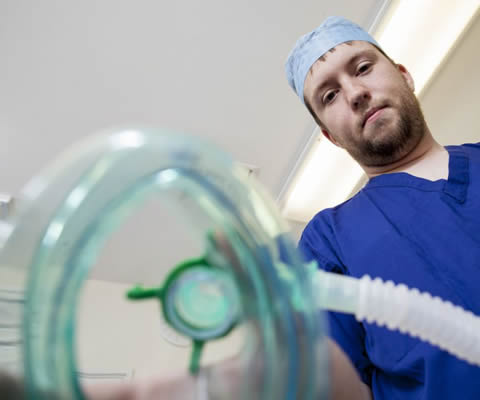The anaesthetist must have a detailed knowledge of normal anatomy to maintain a clear airway with a face mask or artificial airway, and to recognize the anatomical structures seen at laryngoscopy.
This session explores the detailed anatomy of the upper airway and larynx, including the anatomy of the mouth, nose, pharynx and trachea, and the surface anatomy of the larynx.
